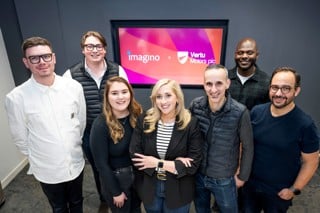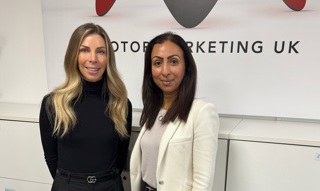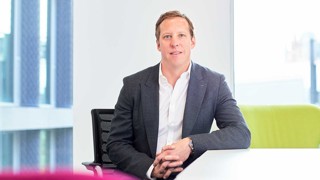How did washing machine manufacturer Whirlpool top the charts of most downloaded podcasts on Apple’s iTunes?
Was it through telling consumers how to work its machines, spin cycles or solve the eternal mystery of the missing sock? No.
 |
|
NEED TO KNOW |
|
| ♦ Dealers must find a differentiator for their business | |
| ♦ Messages should be tailored to suit different forms of social media | |
It provided advice on telling children about their parents’ divorce, how women can check for the symptoms of breast cancer and making family meals for less than $10 under the ‘American Family’ heading.
The logic behind the marketing tactic was to position itself as understanding and sympathising with American mothers, so that when she was shopping for a washing machine she would subconsciously be drawn to Whirlpool.
Anna Farmery, founder and managing director of The Engaging Brand, used the case study during an AM & Auto Trader Digital Marketing Conference workshop to demonstrate how Whirlpool had gone beyond the traditional marketing technique of pushing product and value to demonstrating it understood how it could stand out from the crowd from its competitors.
She urged dealers to ask themselves to find a differentiator of their business. Using ‘family-run’ as an example, she emphasised the
importance of considering what this could mean to a consumer.
“If this is how you believe you stand out, it should be at the core of everything you do,” she said. This will then enable you to develop a social media mindset.
“Every parent is worried about their child passing their driving test and taking a car out for the first time on their own. So, consider running a clinic on safe driving or the basics of looking after your car.” In this way, a dealer would demonstrate it understood what being part of a family means.
Other differentiators suggested in the workshop included: trustworthiness, reliability and friendly service.
She also said dealers had been communicating comfortably – and successfully – in ways demanded of them now by the new social media channels, such as Facebook, Twitter, YouTube and Pinterest, for many years.
A podcast is today’s equivalent of a radio ad, she said, YouTube is what television advertising used to be, Pinterest is a flyer or poster, Twitter a conversation you may have in the street, and Facebook is today’s version of events you hold in your dealership or in the community.
“Your basic message is the same, but in the same way as you tailor the words you use and your tone on radio or in conversation with someone at the bus stop, you tailor it for the different social media you choose,” Farmery said.
Her basic message: “A lot of what social media is based on is common sense. So why should it be difficult to change your approach when considering social media?”




















Login to comment
Comments
No comments have been made yet.